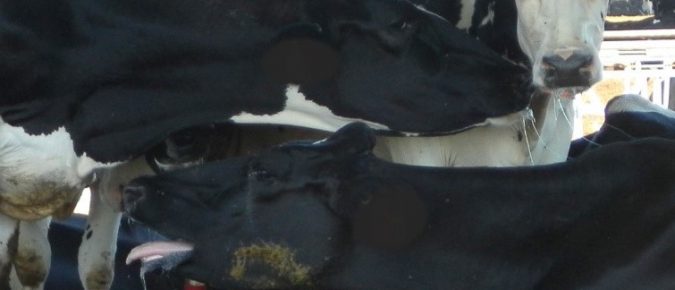Reducción del estrés por calor en instalaciones lecheras
Cuando las vacas están estresadas por el calor, comen menos, producen menos leche, tienen una función inmune reducida y un conteo de células somáticas (SCC, por sus siglas en inglés) más alto, y muestran una fertilidad reducida.






